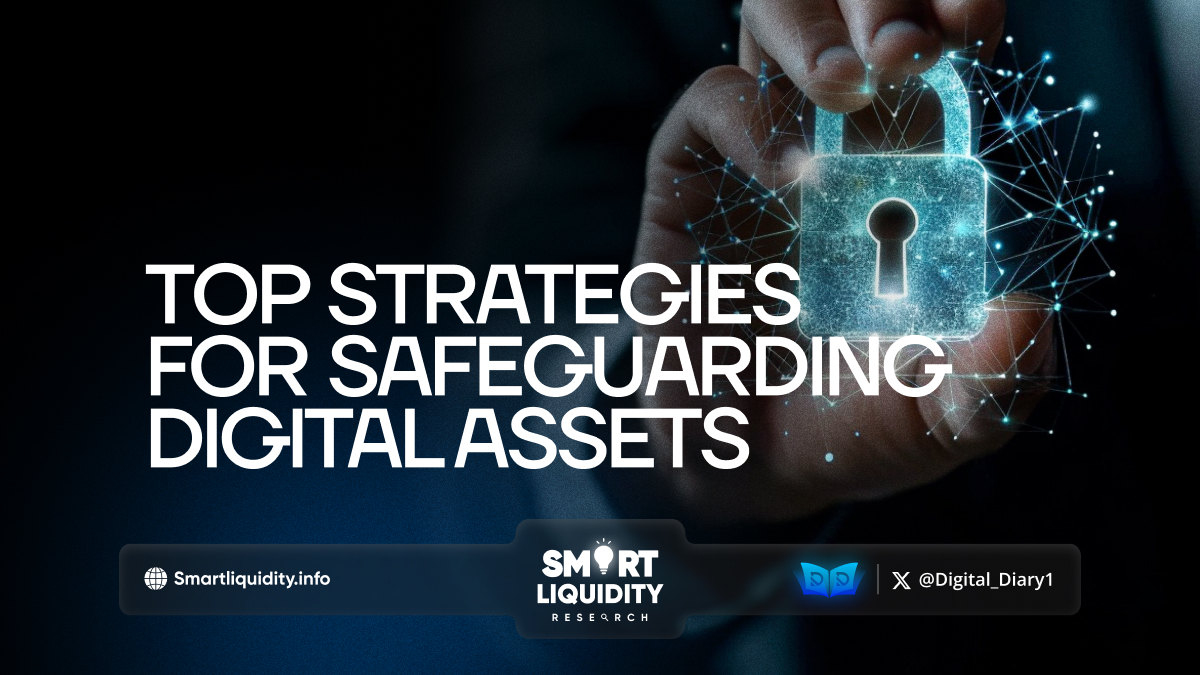Top Strategies for Safeguarding Digital Assets


In today’s digital age, protecting your digital assets is more critical than ever. Whether you’re managing cryptocurrency, intellectual property, or sensitive personal information, ensuring the security of these assets is essential. With cyber threats on the rise, safeguarding your digital investments requires a combination of proactive strategies and cutting-edge technologies. Here’s a look at the top strategies you should consider to protect your digital assets effectively.
Use Strong, Unique Passwords
The first line of defense in digital security is a strong password. Avoid using simple or common passwords like “123456” or “password.” Instead, opt for complex passwords that include a mix of letters, numbers, and special characters. Use a different password for each of your accounts to minimize risk, and consider using a password manager to keep track of them.
Enable Two-Factor Authentication (2FA)
Two-factor authentication adds an extra layer of security by requiring a second form of verification in addition to your password. This could be a code sent to your mobile device, a fingerprint scan, or facial recognition. 2FA significantly reduces the risk of unauthorized access to your accounts, even if your password is compromised.
Keep Software and Devices Updated
Regularly updating your software, including your operating system, antivirus programs, and apps, is crucial for security. These updates often include patches for vulnerabilities that hackers could exploit. Set your devices to update automatically whenever possible, and regularly check for updates on your applications.
Use Secure Networks
Avoid using public Wi-Fi for accessing sensitive information or conducting financial transactions. Public networks are often unsecured and can be an easy target for hackers. If you must use a public Wi-Fi network, use a Virtual Private Network (VPN) to encrypt your data and protect your online activities from prying eyes.
Backup Your Data Regularly
Backing up your data ensures that you can recover your digital assets in case of loss or a cyberattack. Use both cloud storage and physical storage devices to create multiple backups. Regularly updating these backups will ensure that you can restore your data to the most recent version if needed.
Be Wary of Phishing Scams
Phishing scams are designed to trick you into revealing personal information by pretending to be a trustworthy source. Be cautious of unsolicited emails, texts, or phone calls asking for sensitive information. Always verify the authenticity of the source before clicking on links or downloading attachments.
Invest in Cybersecurity Solutions
Consider investing in comprehensive cybersecurity solutions that offer real-time protection against a variety of threats, such as malware, ransomware, and phishing attacks. Many of these solutions also include features like firewalls, intrusion detection, and encryption to further safeguard your digital assets.
Educate Yourself and Your Team
If you’re managing digital assets for a business, it’s essential to educate your team about best practices for digital security. Regular training on how to recognize threats and respond to potential breaches can significantly reduce the risk of cyberattacks.
Monitor Your Accounts Regularly
Regularly monitoring your accounts for unusual activity can help you spot potential security breaches early. Set up alerts for transactions or account changes, and immediately report any suspicious activity to your service provider.
Use Cold Storage for Cryptocurrencies
If you hold significant amounts of cryptocurrency, consider using cold storage methods, such as hardware wallets, which store your keys offline. This method greatly reduces the risk of hacking, as your assets are not connected to the internet.
Conclusion
Protecting your digital assets requires vigilance, education, and the use of advanced tools and technologies. By implementing these top strategies, you can significantly reduce the risk of losing your valuable digital assets to cyber threats. In today’s interconnected world, digital security is not just an option—it’s a necessity.




